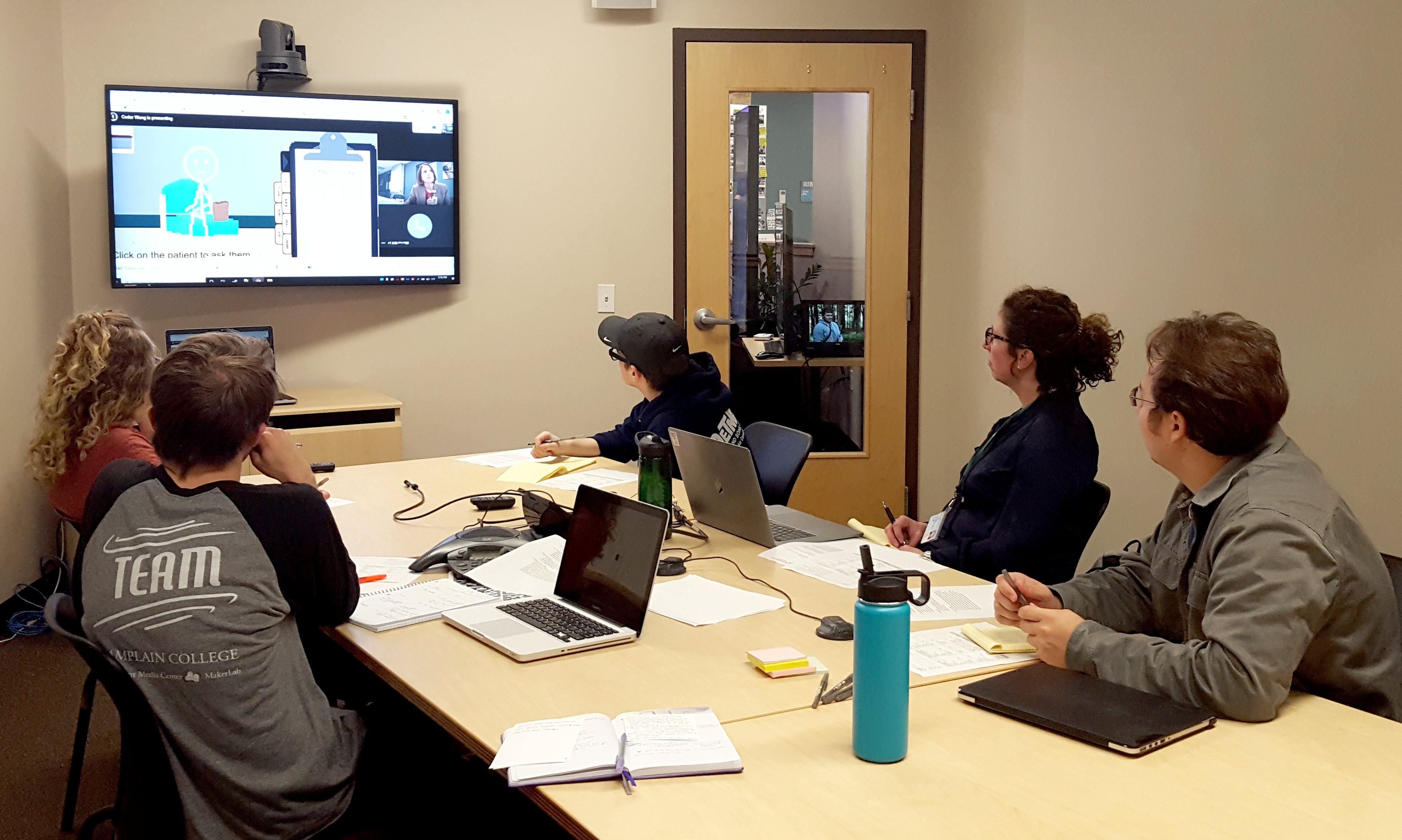Located in the town of Teaneck, New Jersey, the Holy Name Medical Center is a beacon of technologically advanced, compassionate and personalized care that encompasses education, prevention, diagnosis, treatment, rehabilitation, and wellness.
The Holy Name Medical Center came to the Emergent Media Center (EMC) with a challenge. The EMC accepted. A team of student workers from different years with different majors came together to tackle the challenge. Together they bring a combination of experience and a fresh perspective to the project.
Holy Name Medical Center has a desire to provide their patients with the best possible care. One of the ways they want to do that is by accurately reflecting the level of illness of their individual patients as well as the patient population, so they can more accurately treat their patients and perform appropriate preventive measures. These factors that affect patient health are known as Risk-Adjustment Factors (RAF). The RAF are based on different factors that determine if a patient has a current condition or demographic that increases their likelihood of developing a certain disease, injury, or illness.
The student team is utilizing Human-Centered Design (HCD) methods, which involve working with the client and end-user to understand their specific needs and base their idea-generation around those needs. HCD mindsets and methodologies believe that the answers to problems lie with the people experiencing them.
The client wants to increase the coding accuracy of those responsible for recording factors related to RAF. The team created a question for their challenge to help inform their direction:
“How might we illustrate the value of consistent RAF coding for doctors/nurse practitioners and for the patients in a way that motivates RAF accuracy?”
Currently, the student team is creating a survey to present to the users (those individuals who enter the codes). This will help the team better understand the challenges and issues the users encounter as well as the overall experience for the users. This understanding will better inform the EMC student team about the issues users encounter so they can offer concepts to help users accurately enter codes more often.
This project is a unique challenge, one that requires innovation and the team diving deep into subjects they have never learned about before. But, by utilizing HCD and using the knowledge they are gathering within their different majors, and knowledge from diverse majors, this team can tackle any design challenge that comes their way.
Thanks to Keegan Nakano, Leah Peterson, Conner Root, and Bradley Ellis for providing the background information for this blog.



